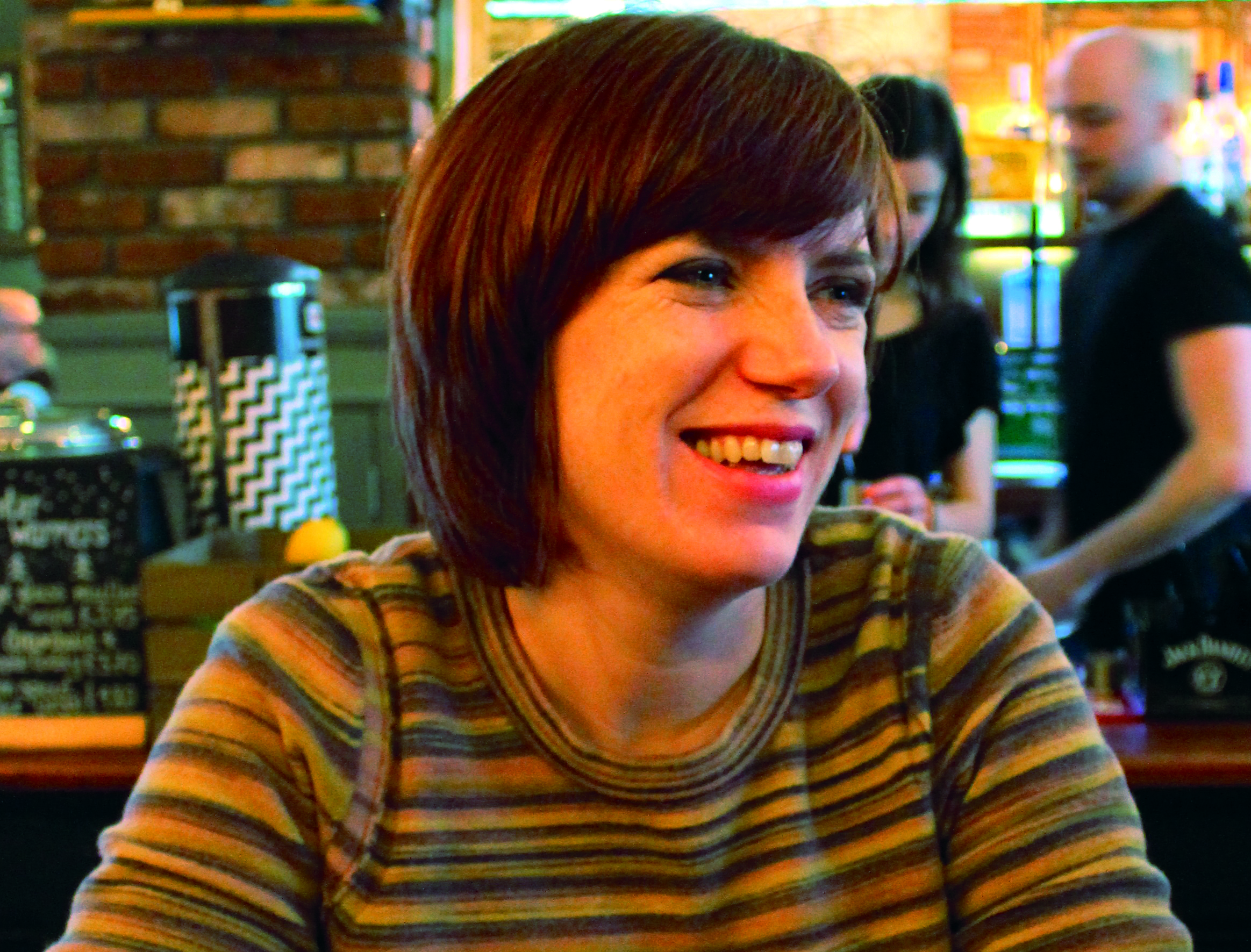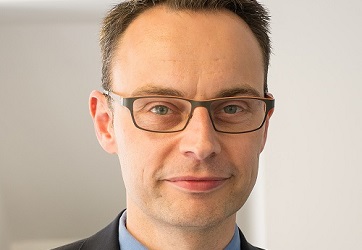Scotland’s health service is changing. Susan Smith finds out how this is affecting third sector health bodies
The NHS in Scotland is in crisis. At a time of increasing demand it saw a real-terms increase in budget of just 1.1% last year, with less expected this year. In 20 years, 13% of the population is expected to be over 75 years old and 170,000 people in Scotland will be living with dementia.
A report from finance watchdog Audit Scotland last autumn found that NHS boards are “finding it increasingly difficult to cope with these pressures”. Staff pay, the growing costs of drugs and other health technologies and rising pension costs are exacerbating an already difficult financial environment.
The government is not unaware of the so-called ticking timebomb of Scotland’s aging population. Its current national strategy is to help alleviate this pressure by focusing on preventative and ongoing care at home or in homely settings. Last year it introduced legislation to force health boards and local authorities to provide health and social care services together. In April this year, 32 new integrated health and social care partnerships will come into existence with responsibility for the entire health and care budget for adults in Scotland.
The idea behind health and social care integration is that community support should be in place well before a person gets to hospital, reducing the pressure on hospital beds and budgets.
Health and social care integration is the most significant change for health and care since 1948
Health minister Shona Robison
In one vision for the future, traditional NHS spending will go down as fewer accidents and illnesses result in trips to hospitals.
Cabinet secretary for health and wellbeing Shona Robison said: “Health and social care integration is the most significant change for health and care since 1948. It is intended to be transformational and to go beyond simple organisational redesign.
“It will ensure that people get the right care, in the right place, at the right time, and that people are supported to stay in their own homes and communities as much as possible.”
The voluntary sector already provides a large part of Scotland’s community health services through activities from meals on wheels and befriending to nursing and accommodation. It is therefore likely to see its role grow.
Planning for the new system therefore should not just involve discussions about how councils and the NHS can share their budgets, but how more of Scotland’s £12 billion annual health budget can be spent on these community services.
“Integration will come into effect from April 2015, but work is already underway and health boards are working with their local authority, housing and third sector partners to improve the way that patients move through hospital and are supported at home,” said Robison. “By planning across the whole pathway of care, with our partners, we can ensure services meet the needs of people and improve outcomes.”
If in Scotland we truly want to see public service reform that is open to new approaches and culture change then we must embrace the community based approaches the third sector can offer
Calum Irving, chief executive of VAS
However, while nobody can fault the words of Scottish Government ministers, many in the third sector feel that it is not actually putting its money where its mouth is on this issue.
In 2013/14 a massive £11.1bn of the health budget, which amounts to 35% of all public spending in Scotland, went to Scotland’s 14 NHS boards and this isn’t likely to look much different this year.
The announcement of a £100 million Integrated Care Fund to help support preventative community services feels to many like a drop in the ocean. And split between 32 councils, it works out at just a few million pounds each.
So, the big question for the third sector is, is it ready to rise to the challenge that a community focused health service requires?
The Health and Social Care Alliance Scotland’s (the Alliance) health and social care support team was set up to help the third sector play a bigger role in this changing health environment.
Jacqui Reid, its programme director, believes much more focus and finance will have to be directed towards changing the way people work across all sectors.
“Much as health and social care is on the radar, the time and space to work out what this means for a lot of voluntary organisations, and move into doing something about it, hasn’t been there and they don’t really know what health and social care will mean for them,” she explained.
While health and social care partnerships will have joint responsibility for budget, the primary movers in deciding how this cash is spent will continue to be the NHS and local councils and although the third sector is being encouraged to get involved, the reality is that it’s not that easy.
According to Reid, the problem is one of meetings, meetings and more meetings. With each local authority area broken down further into what will be known as localities, ensuring the third sector is represented in local plans is a big challenge.
Signpost to success
Five projects created to help position the third sector as a key player in the new world of community-based health and care
The Engagement Matrix
Voluntary Health Scotland and partners created this tool to help health boards and third sector organisations work more closely together. It enables participants to map where and how existing engagement at both strategic and operational levels is enhancing people’s health and care experience and outcomes.
Learning Exchanges
Community Health Exchange (CHEX), Community Food and Health (Scotland), and Voluntary Health Scotland have created a programme of learning exchanges to increase understanding and engagement between Scottish Government staff and the community and voluntary health sectors. The next learning exchange takes place on 3 March at IET Glasgow Teacher Building.
The Outcomes Toolbox
The Institute for Research in Social Service in partnership with the Coalition of Care and Support Providers in Scotland have brought together a range of resources and knowledge relevant to an outcomes-focused approach in the social services. The Outcomes Toolbox aims to help organisations measure personal outcomes and support staff to work in an outcomes-focused way.
The Health andSocial Care Academy
The Health and Social Care Alliance Scotland has created the academy to help drive fundamental change in health and social care in Scotland. It has a unique role in doing this through the lens of lived experience, with a focus on relational, rather than organisational aspects of change. The Academy activity will focus the PATH principles of person-centred, asset-based, transformative change and human rights and equality.
Building Healthier and Happier Communities
By supporting third sector organisations to deliver health and social care services in local communities, Building Healthier and Happier Communities aims to ensure that more people get the help and support they need locally without having to visit their GP or other health and social care providers. The Scottish Council for Voluntary Organisations is running a pilot project is in East Dunbartonshire, find out more at
“A lot of the architecture around this is meetings,” says Reid. “But if you really want to create that innovative market shape that strategic planning is meant to, and you want that to transform public services, the current meeting and a sub meeting and a work-stream meeting (in some areas it’s something ludicrous like 30-odd meetings) is unmanageable. It’s far more than anyone in the third sector can possibly resource.”
Fortunately for the third sector, Scotland already has a network of third sector interfaces (TSIs) that are ideally placed to act as a focus for this work locally. Unfortunately, the interfaces themselves haven’t been given the additional support they need to step up – in a time of dwindling overall budgets if a council has to choose between funding a front-line care service or a strategic manager, it’s not surprising the interface doesn’t come out top.
Calum Irving, chief executive of Voluntary Action Scotland, the umbrella body for local third sector interfaces, says that some areas are better than others.
“There is a clearly a mixed picture across Scotland of the way partnerships are engaging and involving the third sector,” he said.
“If in Scotland we truly want to see public service reform that is open to new approaches and culture change then we must embrace the community based approaches the third sector can offer.
“And if we want to make the most of the capacity and talents of the third sector, there is a real need to strengthen its voice at the strategic decision making tables. The engagement and influencing role of the TSI is crucial to this but is yet to be properly funded.”
So, given this less than perfect approach, it’s unlikely that 2015 will herald the dawn of a new and perfect age of community health services.
However, while change may be slow with each £100m funding stream, more innovative third sector projects will demonstrate the power of preventive community approaches.
The Alliance-supported Link Worker programme, which is running in partnership with General Practitioners at the Deep End, is one example of this. Based in seven GP surgeries in Glasgow, it sees people with long-term or multiple conditions meet a link worker who helps them create goals to better health and find voluntary and community services that can support them to achieve these goals.
From the point of view of Voluntary Health Scotland (VHS), programmes like this demonstrate that the third sector is stepping up to the challenge and will continue to do so.
Claire Stevens, director of VHS, says: “None of us in the voluntary health sector has a completely clear overview of how the 32 partnerships are shaping up but we do know that our sector is ambitious and committed to playing its part.
“Third sector health bodies will make sure that integration delivers on its vision of enabling people to live well at home or in the community for as much time as they can and to give people a positive experience of health and social care when they need it.”









